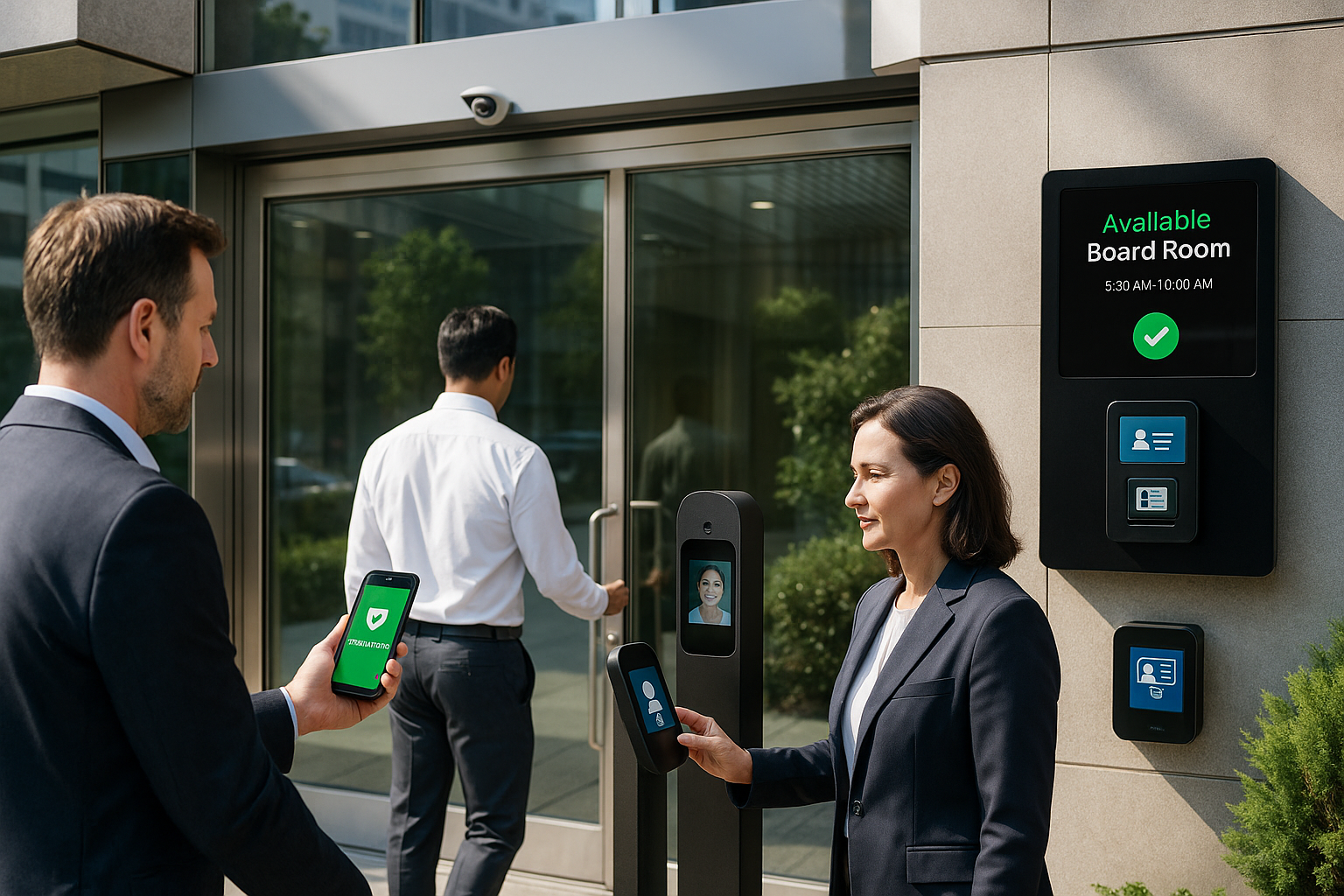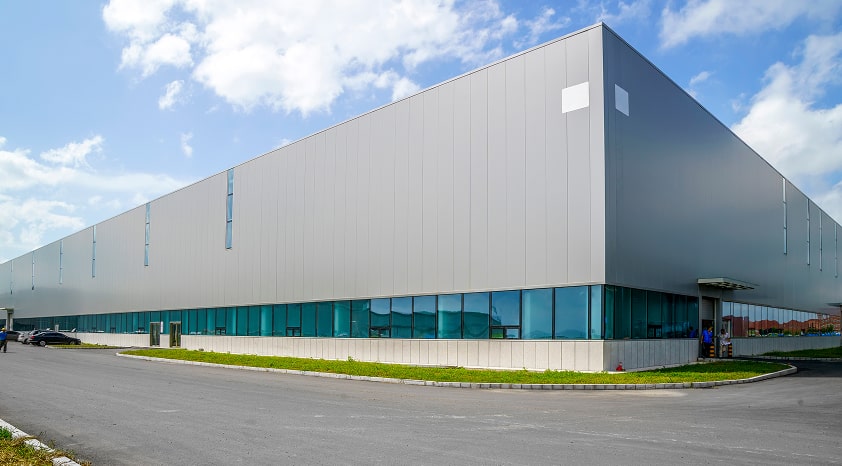Unretirement was a trend that started towards the end of the pandemic. The pandemic brought along with it a lot of socio-economic challenges like heightened living costs, inflation, employment uncertainty etc. These challenges brought along with it a certain anxiety about the certainty of the future that compelled people aged over 50 years in the workforce to ‘unretire’. They started returning to work. But ‘unretirement’ is not all about boosting one’s retirement savings and leveraging a tight work market. There are more humane reasons associated with why senior employees want to stay back and return to work. Some of them are as follows:
- Being more socially active: retired life can easily get isolating. Daily interactions with fellow workers and teams can help lift spirits, expand social networks and give a built-up support system.
- Taking advantage of remote work: the pandemic-induced remote work in many fields allowed employees esp. the senior ones to reduce stress, boost happiness, better work-life balance and overall time for oneself. Things become all the more important with age as one wants to start moving away from the rat race.
- Fight off boredom: dreaming of endless time post-retirement is good, but it can be tough to fill one’s days with purpose. An absence of purpose impacts one’s mental health. This is why research by BBC indicated that although 27% of retired job seekers are re-entering the workforce for financial reasons, the majority are coming back to give their days more structure. In one survey, 60% of retirees returning to work said that they are primarily “looking for something to do.”
- Social recognition: retired life can also be a life where one may feel that they are no longer appreciated or recognized for the skills or capabilities they possess. Work is a space for the physical manifestation of these which is linked with one’s sense of self and self-worth.
And while these factors indicate why the retired want to be ‘unretired’, it’s not the complete truth. This is because organizations today also need senior (in age) leaders to stay for longer.
Transference of knowledge from the “old” to the “new” is essential

Organizations today are struggling with bringing people together and most importantly lagging behind in ensuring that experiential learning is getting transferred from one generation of employees to the other. While there can be many reasons for this, one of the key reasons in recent times that has compounded this issue is the hybrid, remote working model itself.
One cannot deny that an important part of experiential learning is that it is personal, it is one on one and preferably in the same location. Physical proximity plays a key role in ensuring the qualitative dimension of this learning and no screen or collaboration can ever replace that.
However, this is something that is missing today with hybrid.
When two generations of employees are set far apart chronologically, there can be some resistance to embracing and reaching out to each other in search of knowledge. Primarily because one assumes that this exchange may not yield anything.
However, physical proximity increases the chances of these exchanges because when we interact with an individual in person, we also form a rapport. The same can become challenging virtually.
So does this mean that in a hybrid or remote working set-up, this experiential transfer of knowledge cannot take place?
The answer is No. Transference can work in a hybrid set-up, provided there is intentionality associated with it.
In fact, tech can play a key role in supporting this intentionality and creating moments when this transference can take place, best suited for both- the young and the senior.
A scheduling tool or L&D: that caters to interactions and exchanges between the senior most and the youngest employees in the organization. Through existing collaboration tools like Teams, Slack, Google Meet, Zoom etc. HR can carve out a schedule where the newest and the youngest joiners are inducted into the organizational culture, and processes and work through the senior leaders in the organization who have witnessed the growth cycle of the company and are in a good position to teach the new about what it takes to keep that growth momentum going.
However, apart from this experiential learning exchange, we also need certain tech that will specifically enable the ‘unretired’ audience to feel more purposeful, productive and safe in a hybrid working environment.
Simple tech goes a long way with the unretired
This talent pool doesn’t require extensive training or career development. Instead, they are looking for ways that will ensure their productivity, with minimum costs on their independence and safety. The HR in particular can focus messaging and initiate tech that centres around the following for them:
- Flexibility: an organization’s ability to keep the unretired workforce happy will be the ability to promise flexible, but fixed hours to them. This means they have the flexibility to choose their working slots and at the same time they can stick to them in a routine manner because, for this generation of workers, routine is just as important. Therefore, rostering tech that maintains and monitors their preferred timings of work and therefore suggests pockets for collaborations within these slots, will be much appreciated by them.
- Comprehensive health benefits: This generation of the workforce will value the medical benefits, and the medical and health check-ins that an organization has in place for their benefit and well-being. Creating a simplified dashboard that is accessible to them and provides them with information about health check-ins, sick leaves, organized medical check-ups etc., almost like a digital medical/ health card will give them the assurance they seek.
- Providing simple user interfaces: it is critical for this group to feel that they can manage their everyday work and all its complexities independently. This is why it is important to provide them with tech platforms that are more integrated, and unified, with a simplistic UI that a) becomes a single access place for them for all things b) can be managed by them independently, with minimum assistance.
- Ease of navigation and way-finding: it is sometimes the smallest of things that make the biggest of impact. Things like navigated parking within the parking lot, assured locker space, ease of managing in-office movement etc. that can actually make the senior employees feel more at ease in managing their day-to-day life at work.
Learn how the world’s largest automotive supplier futureproofed their workplace with Veris
Hybrid workplace success: Making it work for all generations
A successful hybrid strategy is one that “supports” and not just “allows” hybrid and remote working for its employees. If an organization truly wants its people to, then it is critical that their specific mindsets, attitudes and preferences are taken into consideration. This will allow not only those specific employee groups to feel more at home at the organization, but also create room for them to feel more at ease with each other. Thus, ensuring that generational gaps and overall people gaps are fewer. The Chief Remote Officer can become an anchor head of this “support” through expertise and leadership in ensuring that hybrid works for all.
Workplace technology solutions will play a key role in enabling the CRO. And hence, we want to leave you with a cheat sheet that will help you keep a checklist of What can be done for Whom.
Tech and human interventions you need at your workplace for different roles and generations
Chief Remote Officer or Head of Remote
Human intervention & the needed soft skills:
- This is a senior role with executive “sponsorship”. That is, the authority to re-architect company values, culture and workflows and charters across an organization.
- Takes charge of establishing clear methods of communication across three levels of communication – in-person, video/ instant message and email.
- Proactively deals with existing challenges and future challenges posed by hybrid.
Tech intervention
- Optimizing space planning to help things stay fluid in the office environment.
- Space reservation tools to ensure that collaboration flows naturally
- Floor plans and navigation to ensure better accessibility
- Data utilization tools to leverage real-time data for effective implementation of processes, and protocols for example badge swipe data etc.
- Collaboration tools to ensure productivity, inclusion and equity
Gen Z
Human intervention & the needed soft skills:
- Engage them before their first day to ensure personalization is built in from the start
- Managers are the secret weapon: make their involvement “intentional” in the growth of a Gen Z sub-ordinate.
- Encourage them to build relationships through mentorship programs, outings and organizing events that allow them to network and learn new things, outside of their regular job.
- Offer more engaging learning and development opportunities, making it a weekly, monthly, and quarterly affair.
- Prioritize diversity, equity and inclusion that gives them confidence in the organization’s culture.
Tech intervention
- A scheduling tool for L&D: Through existing collaboration tools like Teams, Slack etc., managers can ensure that a certain amount of time of fixed frequency and duration can be organized for employee’s career development.
- Leverage the “hotelling” trend: The introduction of bench-style desks and hot desking is there to ensure that everyone has somewhere to work when visiting the office and in a place they want.
- Leverage locational flexibility: Talent sourcing practices can be adapted to source talent by location, not business location, for hybrid and remote models. Data dashboards can be created to understand the locational spread and the kind of work models best suited
- Conduct training around policies to standardize language for candidate communications
- Provide visibility to how inclusion and diversity are practised at the organization through access to late attendance privileges and accessible data dashboards, language diversity in training etc
The Unretired/ the senior most audience

Human intervention & the needed soft skills:
- Give them room to be more socially active – to build a support system.
- Allow them the enjoy work-life balance while doing their everyday duty
- Social recognition is just as important for them. An important way to instil this is by letting them the champion transfer of experiential learning to the younger generation of employees. This will help them establish a social and personal connection with them, despite the generational gap.
Tech intervention
- A scheduling tool for L&D: that caters to interactions and exchanges between the senior most and the youngest employees in the organization. Through existing collaboration tools like Teams, Slack, Google Meet, Zoom etc. HR can carve out a schedule for the newest and the youngest joiners.
- Hot-desking and scheduling access to manage their work-week basis, flexibility and routine. Providing simple user interfaces while putting them onto a more integrated, unified, a simplistic UI that a) becomes a single access place for them for all things b) can be managed by them independently, with minimum assistance.
- Ease of navigation and way-finding: navigating through things like parking within the parking lot, assured locker space, ease of managing in- office movement etc. can actually make the senior employees feel more at ease in managing their day-to-day life at work.






































.avif)
.avif)





